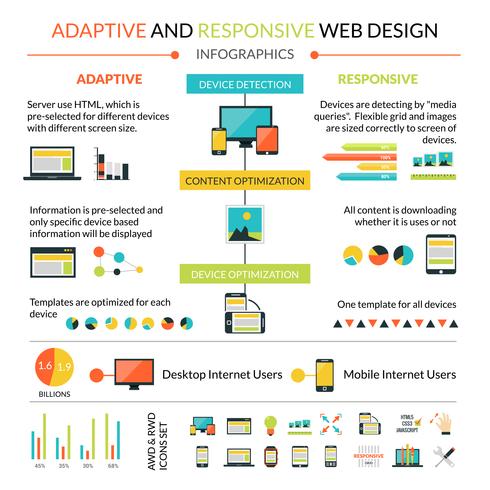Web Site Layout Basics: Tips For Building A User-Friendly Website
Web Site Layout Basics: Tips For Building A User-Friendly Website
Blog Article
Content Writer-Christophersen Ehlers
When it involves internet site design, guaranteeing user-friendliness is crucial. From responsive style to structured navigation, every element plays a critical function in creating a site that caters to your target market's requirements. However what about the better details that can make or damage a customer's browsing experience? Keep tuned as we discover some often-overlooked tips that can raise your web site's usability to the following level, making it truly stand out in the electronic landscape.
Relevance of Responsive Style
Receptive design is an important element of modern site development. Guaranteeing your internet site is receptive methods that it can adjust to different display dimensions and tools, giving a seamless experience for customers.
With the boosting use of smart devices and tablets to access the web, having a responsive layout is vital for reaching a wider target market. https://pctechmag.com/2021/10/seo-tips-for-new-marketers/ aids in boosting user experience by making your website easy to navigate and continue reading any type of tool.
Furthermore, responsive style can positively affect your online search engine positions, as search engines like Google focus on mobile-friendly websites. By having a receptive style, you're additionally future-proofing your web site, as brand-new tools with differing display dimensions continue to emerge.
Simplify Navigating Framework
To boost individual experience and assist in simple accessibility to details on your site, enhancing the navigation framework is paramount. When making your site, focus on creating a clear and user-friendly navigating food selection that assists visitors find what they're trying to find quickly.
Limitation the number of menu items to the essentials, organizing associated pages with each other to prevent overwhelming customers. Use descriptive tags that plainly suggest the web content of each page, making it much easier for individuals to recognize where each web link will take them.
Think about carrying out dropdown menus for subcategories to avoid jumbling the main navigation bar. Furthermore, include a search bar plainly on the page for customers who like looking for details info.
Prioritize mobile responsiveness in your navigation style to make certain simple access on all tools.
Enhance Page Lots Rate
Improving page load rate is critical for preserving site visitors on your website. Slow-loading web pages irritate customers and can result in high bounce prices. To optimize page tons rate, begin by optimizing images. Compress images without endangering high quality to reduce their file sizes.
In addition, make it possible for web browser caching to keep often accessed sources locally, accelerating load times for returning visitors. Minify CSS, JavaScript, and HTML data by removing unneeded personalities, comments, and formatting, enhancing load speed.
Take into consideration using a material shipment network (CDN) to distribute your site's material across numerous servers worldwide, minimizing latency for customers accessing your site from various areas. Finally, simply click the following article making use of third-party scripts and plugins, as they can dramatically influence load times.
Conclusion
To conclude, by integrating receptive style, streamlining navigation, and enhancing page load speed, you can create an user-friendly web site that appeals to a broader audience and enhances customer experience. These essential elements guarantee that visitors can easily access and browse your site throughout different gadgets, bring about raised engagement and complete satisfaction. By concentrating on these vital elements, you can build a successful website that maintains individuals returning for even more.
